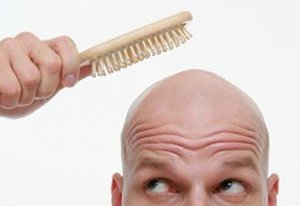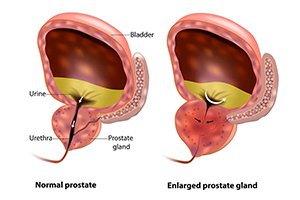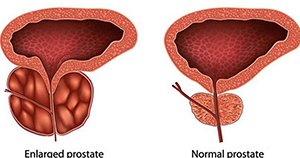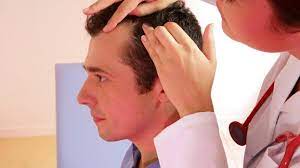category
Men’s Health

When blood circulation works poorly in the kidneys, salt and water accumulate in different body tissues and cause swelling of the body and shortness of breath. This can be treated directly with diuretics, that is, the diuretic drugs that help the body get rid of excess water and salt by increasing the amount of urine.
Aldosterone inhibitors are a potassium-sparing, diuretic that counteracts the effect of a type of hormone called aldosterone in the blood.
ACE inhibitors are drugs that cause the blood vessels to widen, which, in turn, reduces the heart’s pumping work, and also helps the kidneys to secret excess water. All in all, this means that the heart is relieved.
Beta blockers are a group of drugs that make the heart work more calmly and more efficiently, which leads to a long-term improvement in heart function. The drugs block the effect of the stress hormones noradrenaline and adrenaline.

Men’s Health
Propecia
Propecia (finasteride) is an oral drug assigned for the treatment of hair loss in men (androgenetic alopecia). This molecule is able to stop the fall and induce hair regrowth, especially in the early stages of the disease.

Men’s Health
Proscar
Proscar (finasteride) is an oral drug approved for the use in patients with benign prostate hyperplasia (BPH), a condition with a complex symptomatic picture that dramatically affects patient’s quality of life. BPH is related to age and is caused by testosterone conversion to DHT.

Men’s Health
Avodart
Avodart is the trade name of a drug based on dutasteride, an active ingredient belonging to the 5-alpha reductase enzyme inhibitor category. The drug is used to treat benign prostate hyperplasia (BPH), an age-related condition in male patients characterized by a variety of lower urinary tract symptoms.

Men’s Health
Finast
Finasteride is a synthetic drug produced by the American multinational Merck. It was initially conceived as a cure for benign prostatic hypertrophy and prevention for prostate cancer, but it is later discovered to have positive effects in combating androgenetic alopecia and other forms of hair loss.
